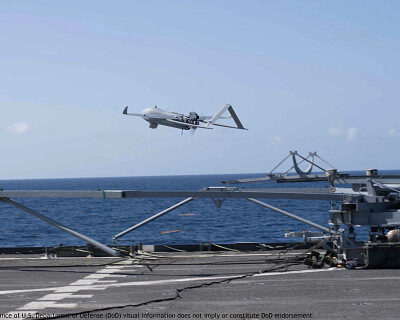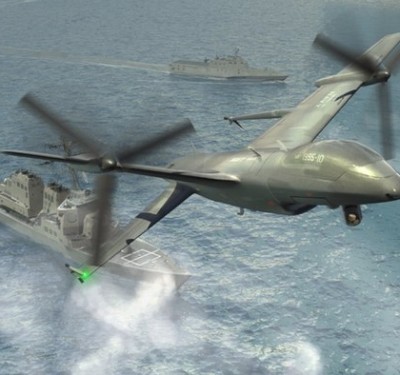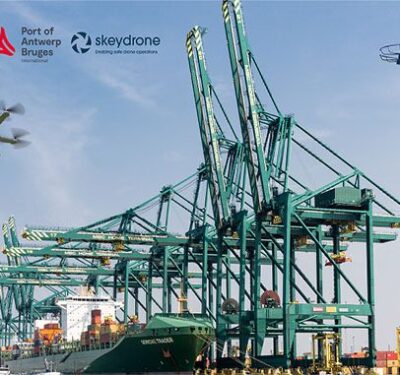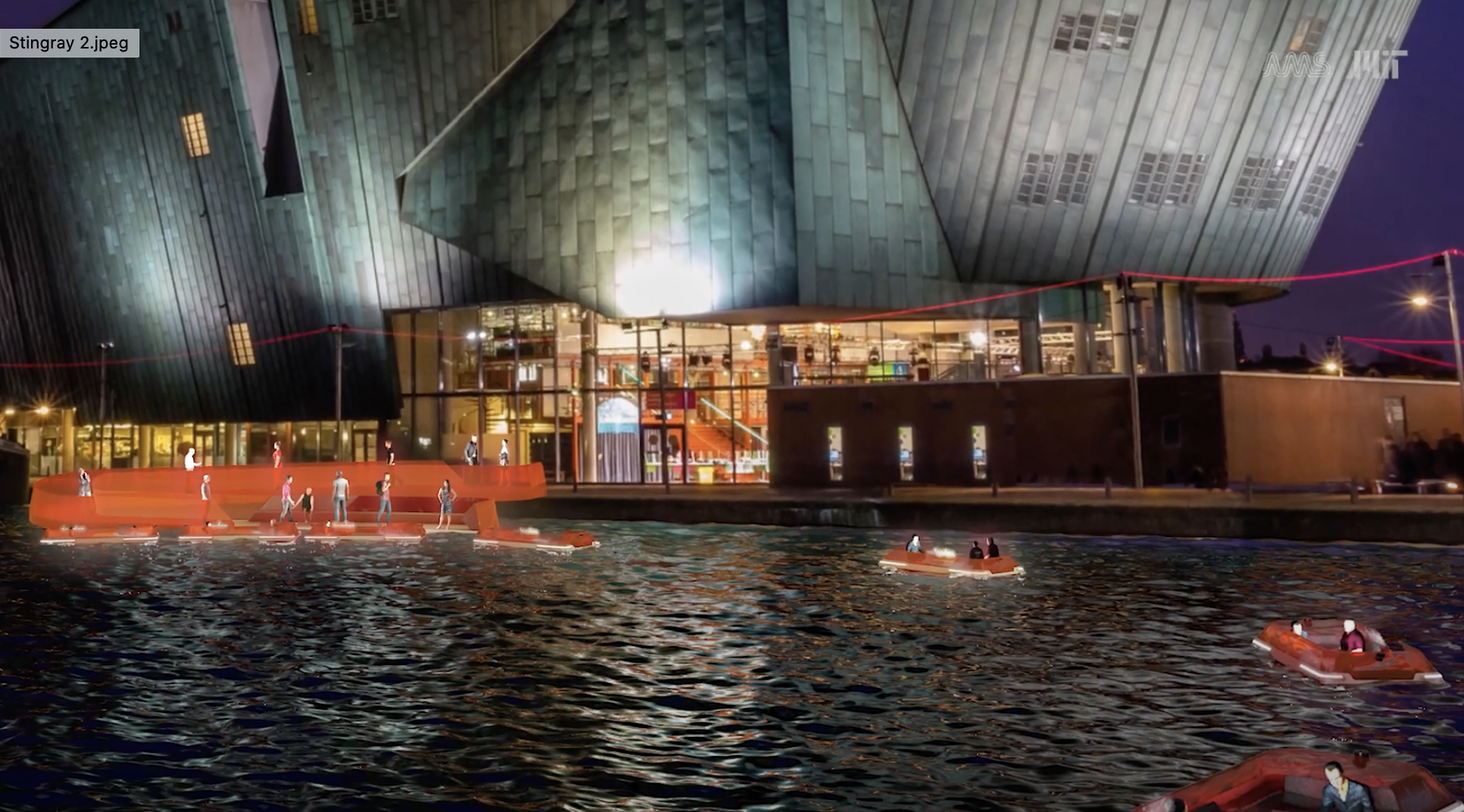 Roboat is the world’s first major research program on autonomous floating vessels in metropolitan areas. It enables creation of dynamic infrastructures such as on-demand floating bridges and stages, transportation of goods and people, waste collection and environmental sensing on Amsterdam’s canals. After working on 1:4 and 1:2 scale prototypes in the first three years of research, the Amsterdam Institute for Advanced Metropolitan Solutions and Massachusetts Institute of Technology have now launched full-scale prototypes on the historic city’s waters.
Roboat is the world’s first major research program on autonomous floating vessels in metropolitan areas. It enables creation of dynamic infrastructures such as on-demand floating bridges and stages, transportation of goods and people, waste collection and environmental sensing on Amsterdam’s canals. After working on 1:4 and 1:2 scale prototypes in the first three years of research, the Amsterdam Institute for Advanced Metropolitan Solutions and Massachusetts Institute of Technology have now launched full-scale prototypes on the historic city’s waters.
[All images courtesy Amsterdam Institute for Advanced Metropolitan Solutions and Roboat]
One quarter of Amsterdam’s surface area is water and 165 canals wind for 60 miles alongside busy streets. 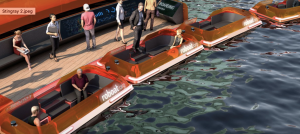
The Roboats have orange propellers and four thrusters powered by an electric battery. They can go about 4mph and can run for 12-24 hours, depending on the battery type and cargo load. Equipped with a LiDAR-inertial navigation system, Roboat can provide accurate state estimation and high-definition point cloud map of the city by performing real-time simultaneous localization and mapping. The drift of the inertial navigation system is eliminated by constructing a factor graph, with takes advantage of loop-closure detection and other sensor corrections.
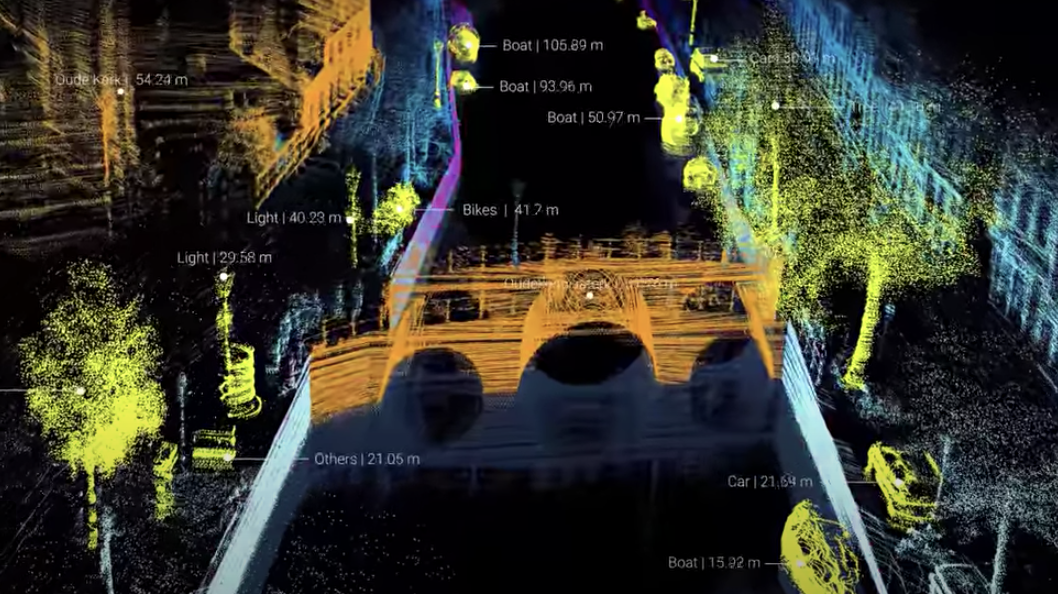 With the LiDAR time-of-flight sensor and a camera to view its surrounding environment, it uses perception methods such as clustering and neural network classifiersto recognize objects in the canal environment. This enables Roboat to avoid other boats while navigating and to interact with other Roboats while docking.
With the LiDAR time-of-flight sensor and a camera to view its surrounding environment, it uses perception methods such as clustering and neural network classifiersto recognize objects in the canal environment. This enables Roboat to avoid other boats while navigating and to interact with other Roboats while docking.
Roboat can plan its path to avoid collision with known obstacles while moving throughout the urban canal system. The motion planner considers boat dynamics and geometry, canal boundaries and obstacle dynamics to calculate the optimal obstacle-free path in real time. It will be come more intelligent by actively learning from strategies and surrounding dynamics.
It also carries a water-quality sensor to detect both photoplanktons and potential carcinogens in the canals.
“In ten years’ time, when Roboat has been developed into a commercial product that navigates the local waters, Amsterdam’s canals could again be used intensively for goods transport. Just like three centuries ago.”
— Udo Kock – Former Deputy Mayor – City of Amsterdam


